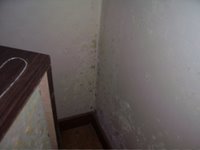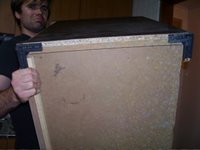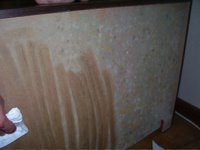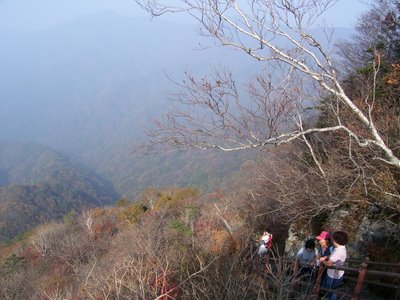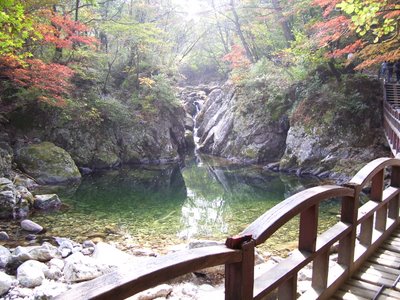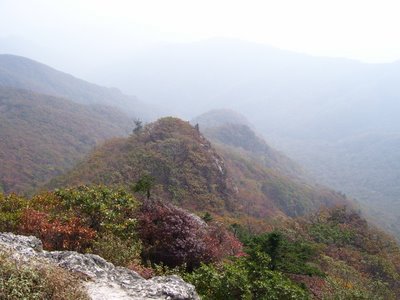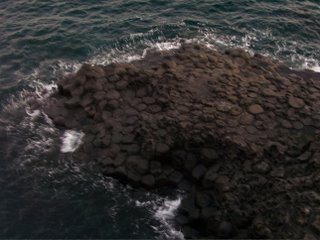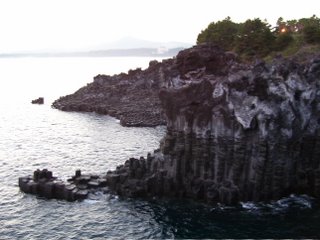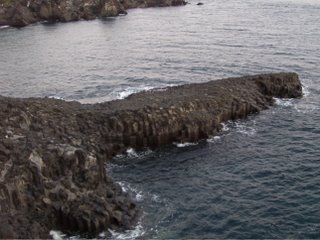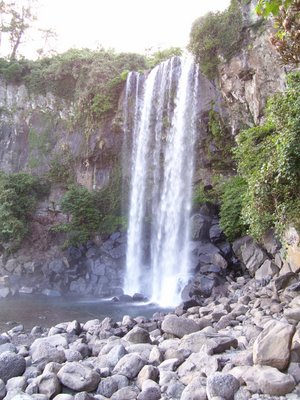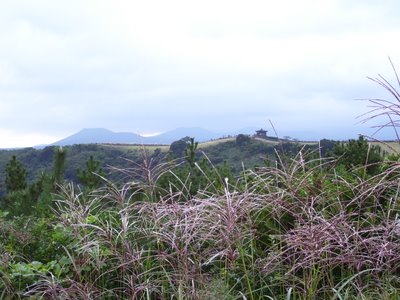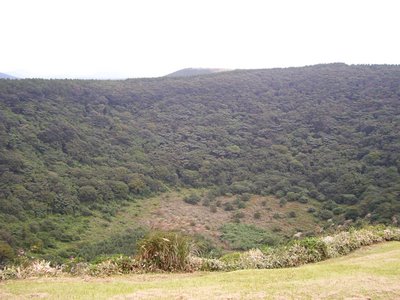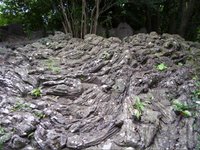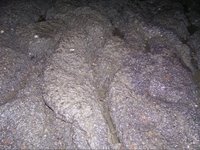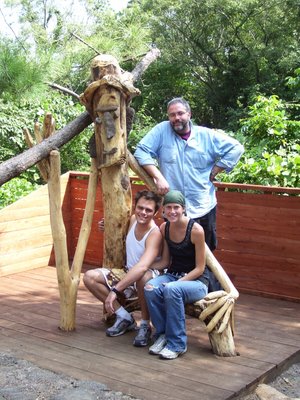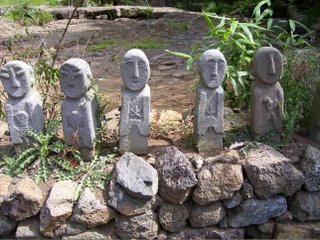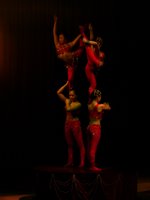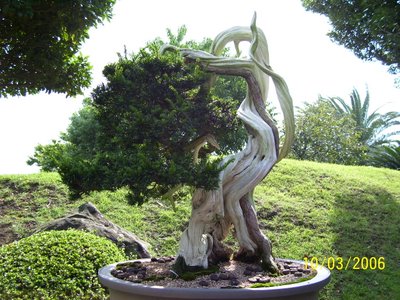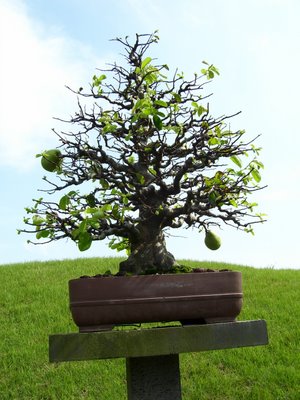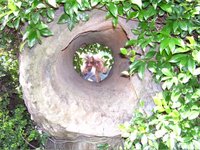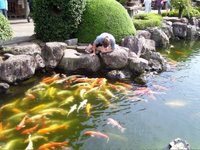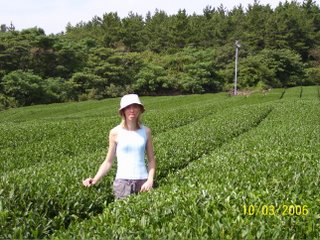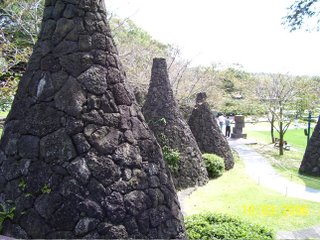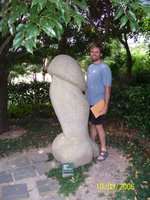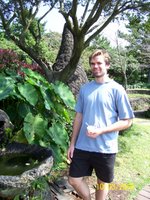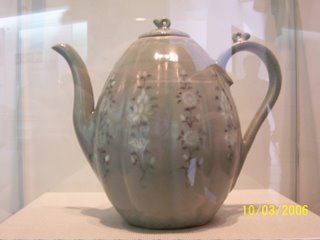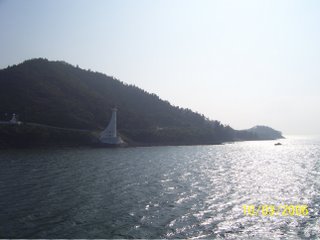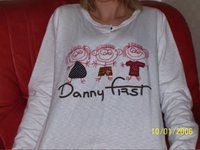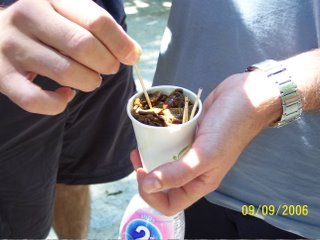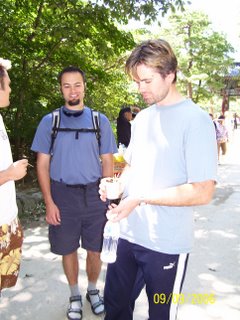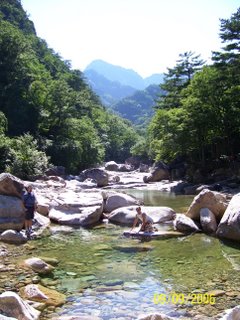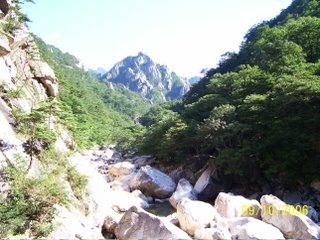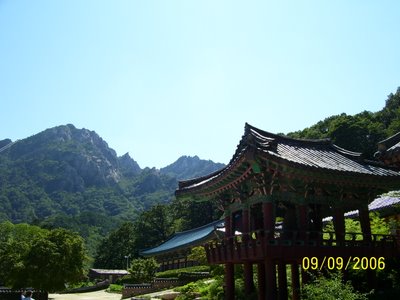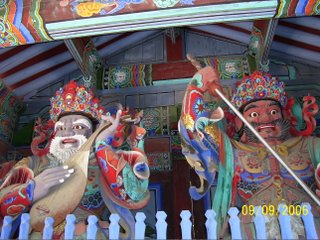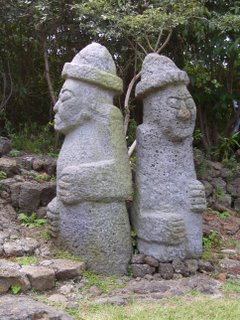
Not much is known for certain about Dolharbangs, or their role and purpose in society.
From what I’ve read, their purpose could have been three-fold, or any one of these three aspects: a location marker (they originally stood at the gates of the three counties during the Joseon dynasty, and were also markers at government buildings), a guardian (defending against warring invaders, disease, or any other evil) and/or a ceremonial reminder (of a deity or an ancestor).
I was fascinated by these stone figures, and frustrated by the lack of information I was able to find.
But, perhaps this also contributes to their haunting and mysterious qualities…
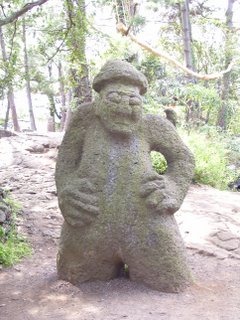
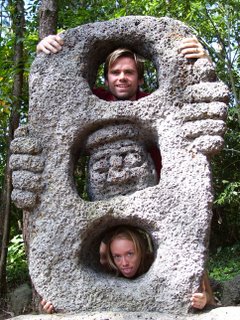
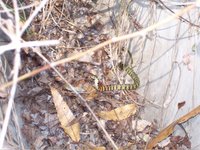
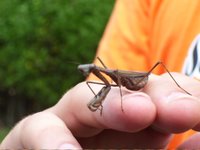
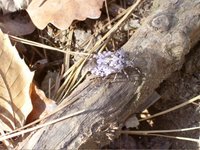
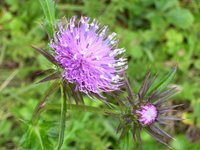
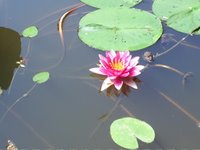 Dan and I went on a walk today, and we were surprised and delighted to see a colourful snake in the leaves near the path. We managed to get a great photo of it, and it got me thinking about a number of other photos of 'small things' I've taken. From thistles and water lilies to snakes and insects, sometimes it's the small things that fascinate me the most.
Dan and I went on a walk today, and we were surprised and delighted to see a colourful snake in the leaves near the path. We managed to get a great photo of it, and it got me thinking about a number of other photos of 'small things' I've taken. From thistles and water lilies to snakes and insects, sometimes it's the small things that fascinate me the most.
